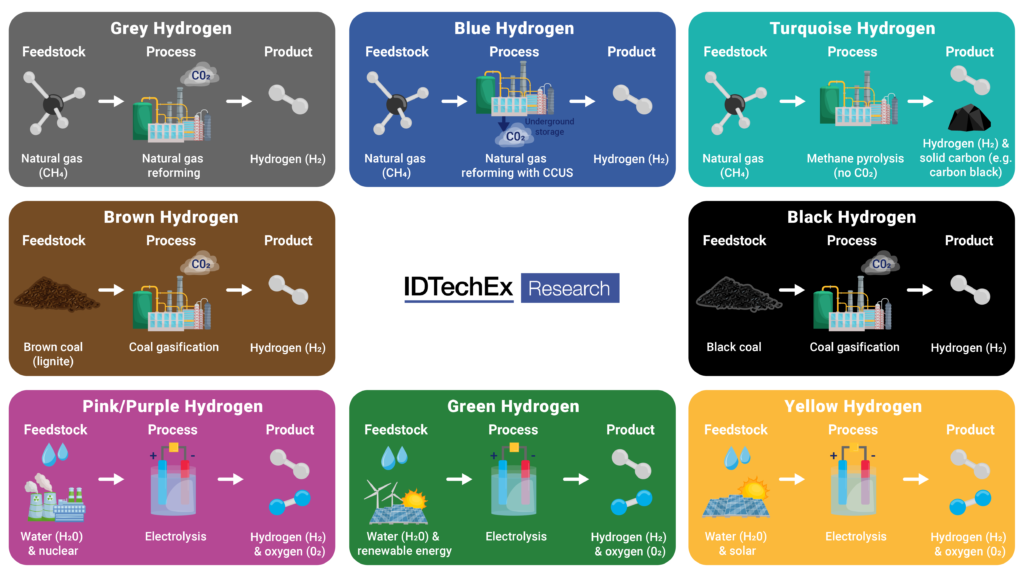In April 2024, global energy, technology, and utility provider Hitachi Energy announced a US$1.5 billion investment program to ramp up global transformer production by 2027. IDTechEx’s research into electrical grids indicates that transformers are a critical component and potential supply bottleneck for large-scale grid upgrades. These upgrades are essential as society shifts from a transportation sector fuelled by petrochemicals transported in tankers to a sector powered by electricity carried by wires. In their market report, “Off-Grid Charging For Electric Vehicles 2024-2034: Technologies, Benchmarking, Players and Forecasts”, IDTechEx explores the challenges utility grids face amid vehicle electrification.
Restructuring aging utility grids that were primarily built to distribute energy from centralized coal power plants into systems that can cope with increasing renewable energy generation and electric vehicle adoption is a major challenge that industry and policy are beginning to take steps to tackle. The investment from Hitachi Energy involves a new factory in Finland, which should reduce lengthy wait times (currently over two years in the US) for transformers, which are essential in stepping down the high voltage long-distance transmission lines to useable voltages for end customers.
However, some locations and situations will likely always exist beyond the reach of the grid and thus mains electricity. Temporary locations such as construction sites, festivals, or the most rural industrial locations may never be economically or technically viable for expensive grid upgrades. Instead, they will have to resort to distributed generation for power. The incumbent technology is diesel generators, which are increasingly viewed as polluting and may soon be banned from inner city construction sites due to air and noise pollution regulations. Additionally, charging ‘green’ electric construction vehicles from a carbon-intensive diesel generator does not make environmental sense. IDTechEx has researched several proposed options for green on-site power generation, and one technology stands out as a likely candidate for construction and temporary power generation: the hydrogen fuel cell generator.
Repurposing the fuel cell for distributed generation
Fuel cell technology is not new, and their use was pioneered in early space programs. There has been consistent interest in FCEVs (fuel cell electric vehicles) as a faster refueling and greater range alternative to BEVs (battery electric vehicles). However, sales figures suggest that BEVs are significantly outperforming FCEVs, and IDTechEx expects fully battery electric to emerge as the dominant net-zero drivetrain. However, there is growing momentum in the fuel cell generator space, which repurposes fuel cell generator technology and utilizes this to generate electricity from hydrogen. Fuel cell generators take in H2, combine it with oxygen from the air, and produce electricity and water with no carbon emissions and much-reduced noise compared with a diesel generator.
Compared with solar/wind integrated systems, which require an on-site battery, fuel cell generators can use stored energy in the form of on-site compressed hydrogen. Large power outputs can be generated by scaling up the fuel cell stack, which can then charge increasingly large electric construction vehicles or a large number of conventional vehicles. These generators offer the promise of clean, non-intermittent, and scalable power. IDTechEx research has observed these being used in electric construction sites, festivals, remote multi-day electric vehicle races, and even public highway fast charging. Hitachi Energy is one of the latest companies to invest in hydrogen fuel cell generators, an industry that IDTechEx predicts will generate over US$14 billion by 2034.
The challenge is affordable and green hydrogen
The promise of carbon-free on-site electricity is attractive; however, the entire supply chain must be considered for an accurate assessment of emissions and for hydrogen, which involves the method or ‘color’ of H2.

If grey or black hydrogen is utilized, hydrogen generators simply displace the emissions from the point of use to the source of hydrogen production and represent no serious overall reductions in emissions. If, on the other hand, green, renewable hydrogen is used, then the overall emissions are drastically reduced. The question then is – will operators use green or grey hydrogen? This depends on the cost and availability. Currently, green hydrogen is significantly more expensive, in part due to the overall energy inefficiency inherent in its production (around 3kWh input renewable energy creates 1kWh equivalent of H2). As the end users are often commercial operators, OPEX considerations are likely to take priority, and if the price of green hydrogen remains too high, then it seems unlikely they will pay a significant premium.
Availability is another challenge, as current green H2 production remains small and regionally focused. IDTechEx research has found certain hydrogen fuel cell generator companies have had to make their own green hydrogen to supply their customers, as no one else can produce the quantities required. The IDTechEx report, “Off-Grid Charging For Electric Vehicles 2024-2034: Technologies, Benchmarking, Players and Forecasts”, assesses these challenges quantitatively and provides market intelligence about the growing market for fuel cell generators, as well as the context of utility grid challenges. The report also explores quantities of green hydrogen required to fuel the electric construction industry, which IDTechEx pinpoints as one of the key applications of fuel cell generators. Forecasts are broken down by generator size and region, resulting in a high level of granularity informing readers on this market.


















